Web3 games are reshaping the gaming industry by blending blockchain technology and unique economic models. Unlike traditional games, these digital experiences allow players to truly own their assets, participate in decentralized economies, and, in many cases, earn while playing. The play-to-earn model has gained traction for creating opportunities to monetize gaming efforts, making it an exciting shift for both casual and competitive players.
As blockchain technology evolves, Web3 games are not just a trend—they’re part of a broader shift toward transparent, player-driven systems. This guide is designed with beginners in mind, simplifying the complexities of Web3 gaming while offering insights into its growing impact. For a closer look at related gaming trends, explore our crypto games guide.
What Are Web3 Games?
Web3 games represent the next step in gaming evolution, blending blockchain technology with engaging gameplay to create experiences that empower players in ways traditional games cannot. These games are built on decentralized networks, providing innovative features like player-owned assets and transparent economics. Whether you’re looking to earn rewards or simply explore immersive worlds, Web3 games promise a level of involvement that redefines how we interact with digital entertainment.
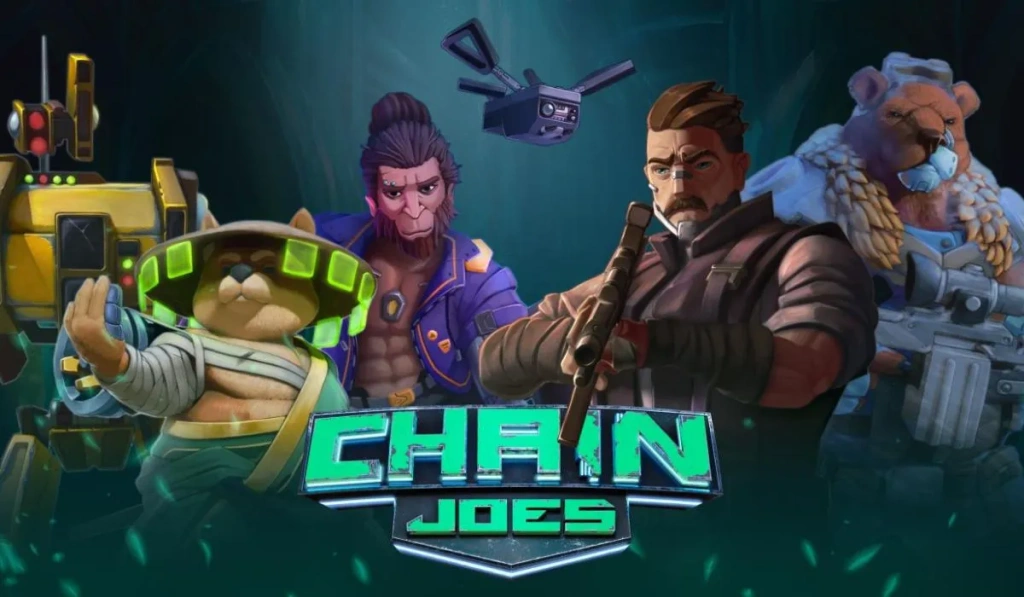
Key Features of Web3 Games
Web3 games stand apart due to several groundbreaking characteristics. Here’s a closer look at what makes these games unique:
- True Ownership of Digital Assets
Unlike traditional games where in-game purchases are often tied to accounts with limited transferability, Web3 games enable true ownership through blockchain technology. Players can buy, sell, and trade assets as they see fit. Whether it’s virtual land or rare weapons, these items belong solely to the user, often as NFTs. - Interoperability Between Platforms
Players can use their digital items across multiple games and platforms. For instance, a sword you acquire in one game could be compatible with another, creating a connected ecosystem that enhances value and usability. - Decentralized Economies
Traditional games follow a centralized economy controlled by developers or publishers. In contrast, Web3 games operate within decentralized ecosystems where players have a say in how economies evolve. Blockchain ensures transparency and trust among all participants. - Play-to-Earn Models
Many Web3 games integrate play-to-earn mechanics, allowing gamers to generate income through their in-game actions. Imagine being rewarded for slaying monsters or completing quests—a hallmark feature of this paradigm.
If you’d like to dive deeper into the differences between traditional gaming and Web3, check out our Crypto Casinos vs Web3 Games: User Spending Trends.
Benefits of Web3 Games Over Traditional Games
Web3 games offer players advantages that traditional titles lack. Here’s how they raise the bar:
- Transparency
Since these games utilize blockchain, every transaction and interaction is recorded on a public ledger. This ensures fair play and reduces the risk of fraud. Imagine every in-game trade being fully documented and accessible to all. - Enhanced Security
Blockchain systems add an extra layer of protection, keeping players’ digital assets safe from hacking or tampering. Unlike centralized game systems, they rely on cryptographic protocols to safeguard user data. - Player-Driven Marketplaces
A unique aspect of Web3 games is the ability for users to govern their in-game economies. From selling rare items to setting up virtual stores, the power shifts squarely into players’ hands. This dynamic fosters creativity and financial potential. - Increased Control for Gamers
Finally, Web3 games allow more freedom. You own your achievements, trade items freely, and aren’t bound by restrictive game policies. It’s gaming, but on your terms.
By tapping into these benefits, Web3 games are creating a more balanced, fair, and rewarding environment for players everywhere.
How Do Play-to-Earn Games Work?
Play-to-earn (P2E) games revolutionize how players interact with virtual ecosystems by integrating blockchain-powered economies into gameplay. These games create opportunities for players to earn tangible rewards by owning, trading, and monetizing digital assets. To understand how P2E games function, we need to explore their core mechanics, starting with in-game economies.
Introduction to In-Game Economies
At the heart of most play-to-earn games is the concept of tokenomics, which governs how in-game assets and currencies operate. These economies run on blockchain networks, enabling decentralization and transparency. Players generate value by performing various tasks such as completing missions, trading rare items, or participating in tournaments.
Key components driving these economies include:
- In-Game Tokens: These serve as the primary currency within the digital world. Players often earn tokens by accomplishing tasks or competing, which they can later trade for real-world value or cryptocurrency.
- Governance Tokens: Beyond serving as a reward, governance tokens provide players with a voice in the game’s ecosystem. For instance, token holders may participate in decisions regarding new updates, features, or economic rules.
- NFTs (Non-Fungible Tokens): These represent ownership of unique digital assets such as collectible cards, virtual outfits, or land plots. Players can buy, sell, or trade these assets, often driving significant earnings.
Without a centralized authority, economies in P2E games put control in players’ hands, balancing enjoyment with financial potential.
Popular Play-to-Earn Genres
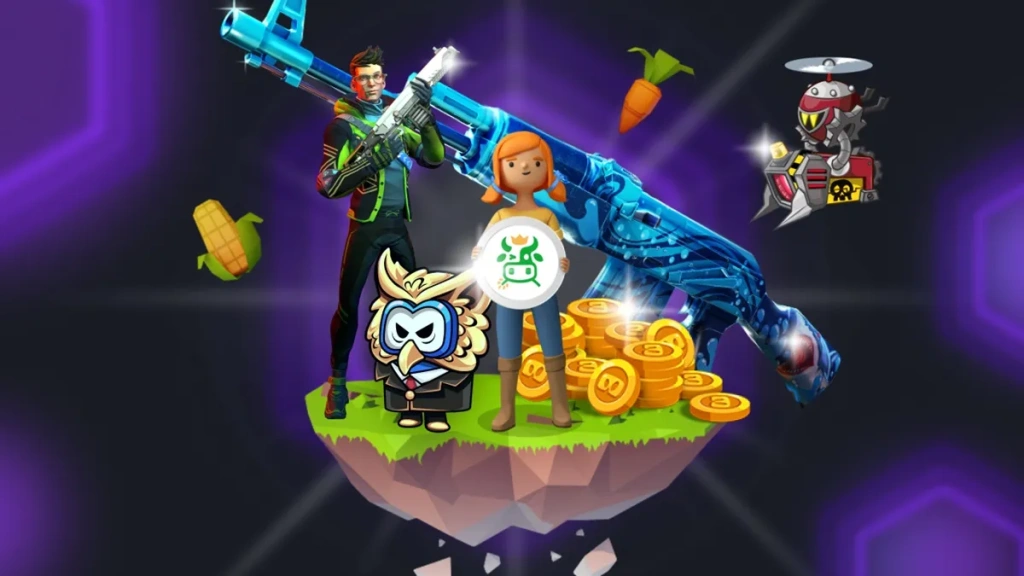
Play-to-earn gaming has grown into diverse genres, catering to various interests. Understanding these genres allows beginners to explore the games that match their preferences.
1. Trading Card Games
Trading card games like Gods Unchained focus on strategy, rewarding players who can create effective card combinations. Blockchain ensures true ownership of cards, allowing players to trade or sell them freely.
2. Virtual Worlds
Virtual metaverse platforms such as The Sandbox or Decentraland give players the chance to own and create digital land, buildings, and experiences. These games blend creativity with monetary incentives, reshaping how players interact in digital environments.
3. Competitive Battle Games
Popularized by titles like Axie Infinity, competitive games turn combat skills into profit. Players breed characters, battle others, and earn currency or rewards that hold real-world value.
By exploring these genres, players can find experiences tailored to their skills and interests, all while participating in a game-changing economy.
Getting Started with Web3 Gaming
Getting into Web3 gaming can be an exciting yet slightly overwhelming experience for newcomers. Don’t worry—we’ll break it down step by step so you can feel fully prepared. From setting up a secure wallet to finding the right game, this section walks you through the basics so you can jump in with confidence.
Choosing the Right Digital Wallet
A digital wallet is your gateway to interacting with Web3 games. Think of it as your secure vault where you store cryptocurrency and in-game assets like NFTs. Among the most popular options, MetaMask often tops the list due to its ease of use and compatibility with decentralized apps (dApps). Let’s go through how to set one up securely.
- Select Your Wallet
Download one of the trusted wallets like MetaMask, Trust Wallet, or Coinbase Wallet. MetaMask, for instance, offers browser extensions and a mobile app, making it convenient for gamers on different devices. - Set Up Your Wallet
Once installed, create a new wallet. Make sure to write down your seed phrase—a 12-24 word backup key—and store it securely. Share this with no one under any circumstances. - Add Cryptocurrency
Fund your wallet with cryptocurrency, typically Ethereum (ETH) or other tokens depending on the game. You can purchase crypto through exchanges like Binance or Coinbase, then transfer funds to your wallet. - Enable Security Features
Always enable two-factor authentication and set a strong password. Double-check URLs when accessing your wallet to avoid phishing scams.
To learn more about how MetaMask integrates with blockchain games, check out our guide on MetaMask.
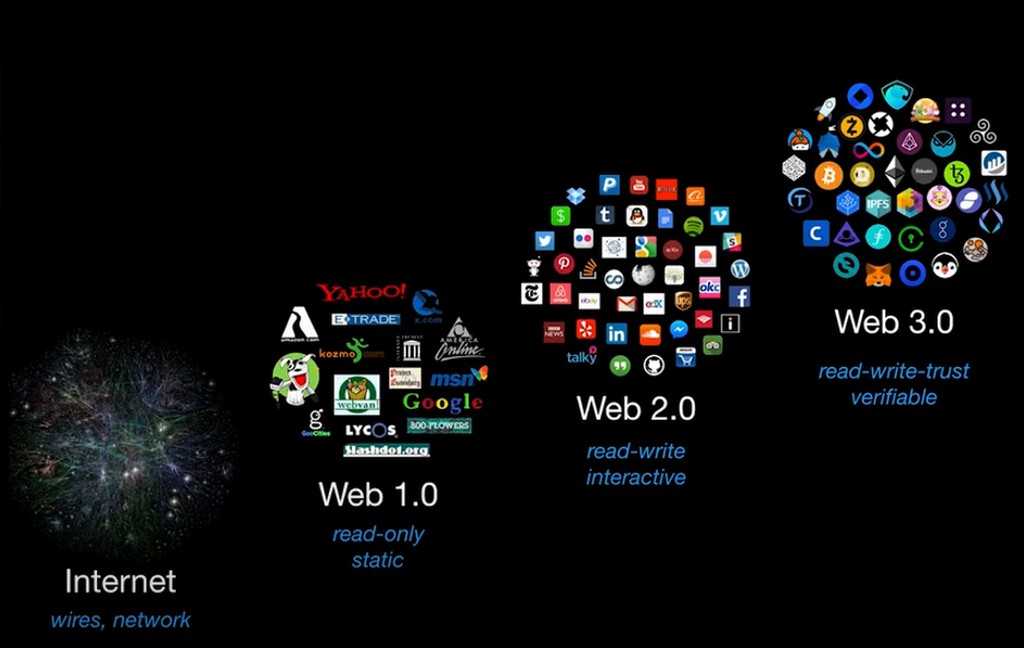
Exploring Games and Platforms
The Web3 gaming industry is vast, with games to suit every player—from casual gamers to hardcore strategists. Choosing your first game wisely can make a world of difference in your experience. Let’s look at how to evaluate games and platforms.
- Gameplay Mechanics
Decide what type of game you enjoy. Prefer strategy? Look for card-based games like Gods Unchained. Interested in metaverse platforms? Try The Sandbox or Decentraland. - Community Engagement
Check the size and activity within the game’s community. Join forums like Discord channels or Reddit threads to see what other players are saying. A strong, active community often indicates a healthy game ecosystem. - Earnings Potential
Not all Web3 games focus on earnings, but it’s a significant draw for most players. Research the game’s play-to-earn models, tokenomics, and whether rewards can be converted into tangible value, such as cryptocurrency. - User Reviews
Browse reviews to gauge user satisfaction. Are there issues with game bugs? Is the earning capacity as promised? Honest feedback can save you from wasting time or money.
For detailed insights into various Web3 gaming platforms, explore our expert guides. They cover everything from gameplay tips to wallet integration for beginners.
By picking the right wallet and game, you’ll be well-equipped to start your Web3 gaming journey smoothly. The next step? Dive in and explore the limitless potential of decentralized gameplay!
Staying Safe While Playing Web3 Games
Engaging in Web3 gaming can be exciting and rewarding, but it also demands caution. With financial assets like cryptocurrencies and NFTs involved, players need to be vigilant. Let’s explore how you can ensure your security while diving into this innovative space.
Common Scams and How to Avoid Them
The decentralized nature of blockchain gaming offers numerous advantages, but it also creates opportunities for scammers. Here are some common scams in Web3 gaming and tips to avoid them:
- Phishing Attacks
Scammers often trick users into revealing sensitive information by impersonating official platforms or wallet providers. They may send fake emails with malicious links or set up deceptive websites resembling the original. How to Avoid:
- Always double-check website URLs before entering private keys.
- Never click on unsolicited links claiming to offer rewards or urgent updates.
- Enable two-factor authentication for an added layer of security.
- Fake Tokens or NFTs
Fraudsters create counterfeit tokens or NFTs and list them on unofficial marketplaces to trick buyers. These items are often designed to look identical to genuine assets. How to Avoid:
- Use only verified marketplaces for transactions, such as OpenSea or Rarible.
- Research token contract addresses before purchase.
- Prioritize assets listed directly by the game developers.
- Rug Pull Schemes
In this type of scam, developers abandon a project after raising funds from players or investors. This happens most commonly in smaller, unverified projects. How to Avoid:
- Investigate the project’s team members and community reputation.
- Avoid investing in projects with little information about their roadmap or development progress.
- Join forums or communities to gather broader opinions before committing funds.
- Fake Airdrops and Giveaways
Scammers may claim “free tokens” or rewards, requiring users to link their wallets to fraudulent platforms or pay upfront “fees.” How to Avoid:
- Be wary of offers that sound too good to be true.
- Verify giveaway information through official game channels.
- Never send funds to claim a reward.
Staying guarded is crucial while navigating this space. For further insights on crypto security, check out our Top 10 Bitcoin Casinos in 2025: No KYC and Instant Payouts, where transparency and legitimacy are prioritized.
Trusted Communities and Resources
Participating in trustworthy communities and utilizing credible resources can significantly enhance your safety. Here’s how you can identify and join legitimate groups for Web3 gaming:
- Join Official Channels
Look for developer-hosted forums or verified Discord and Telegram groups. Official platforms often announce updates and warn about potential scams. - Read Reputable Sources
Stay informed through trusted gaming and blockchain websites. Comprehensive guides like Crypto Games Guide offer analyses, reviews, and tips to navigate Web3 safely. - Engage With Experienced Players
Communities often serve as a help desk where seasoned players share their experiences, including red flags to watch for. By networking with others, you can gain valuable advice. - Monitor Blockchain Activity
Tools like Etherscan allow you to trace token transactions and detect suspicious activity tied to a wallet or project.
When navigating Web3 gaming, aligning with credible communities helps reduce risk and bridges the information gap. Be diligent, stay informed, and prioritize your digital safety at all costs.
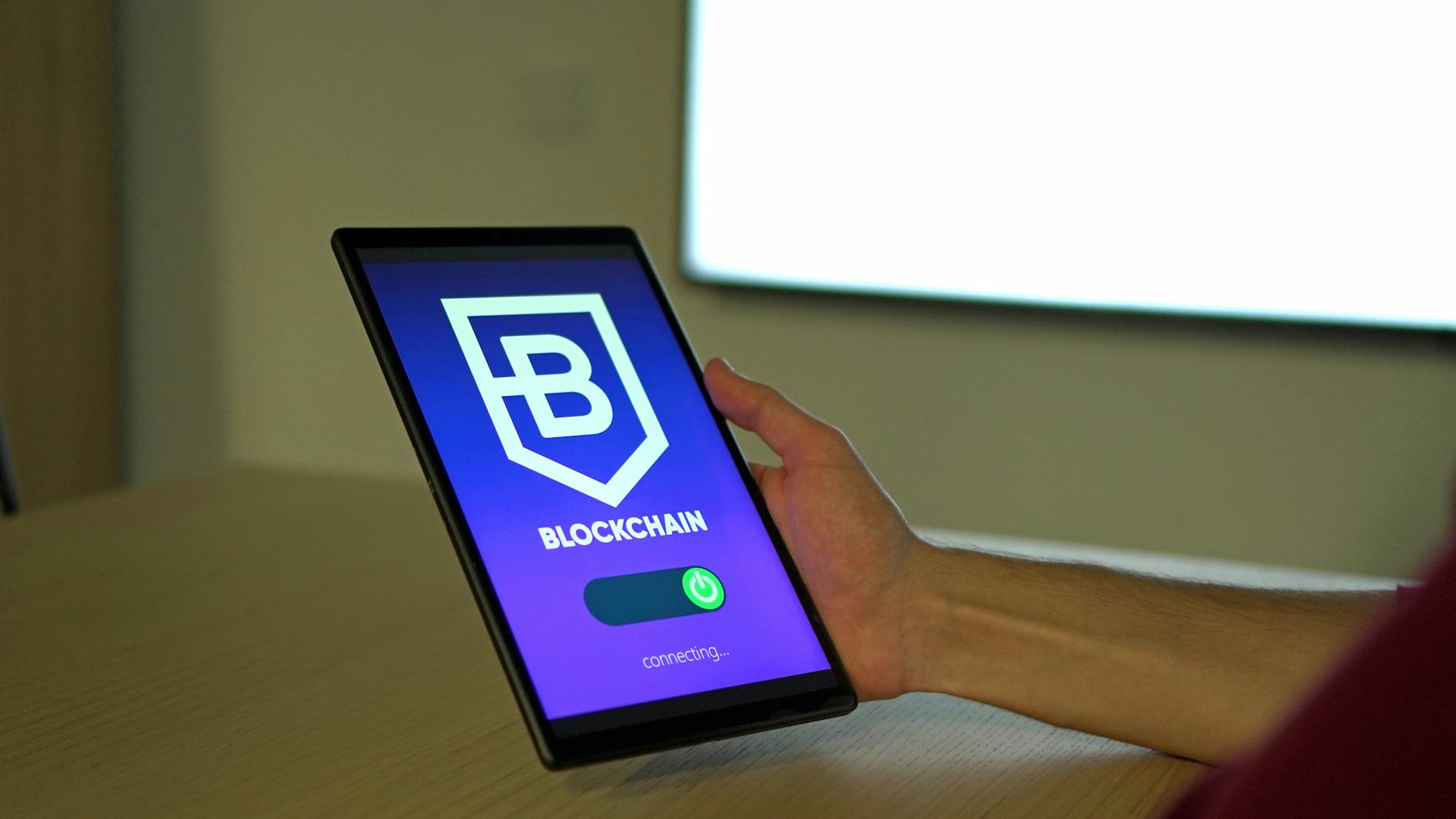
Conclusion
Web3 games signify a pivotal transformation in the gaming industry, blending blockchain innovation with interactive entertainment to empower players like never before. With true ownership of assets, decentralized economies, and play-to-earn opportunities, these games redefine the concept of value in gaming.
The potential for mainstream adoption continues to grow as technology advances and developers refine gameplay mechanics. From virtual worlds to competitive battlers, the diversity of Web3 genres highlights the versatility of this evolution. As excitement builds around Web3, exploring comprehensive resources like CryptoGamesGuide can help users navigate this emerging space confidently.
Whether you’re drawn by economic incentives or the thrill of innovation, Web3 games are establishing a future where players no longer just interact—they own, shape, and benefit from the gaming experience. The question now is how you will stake your claim in this evolving frontier.


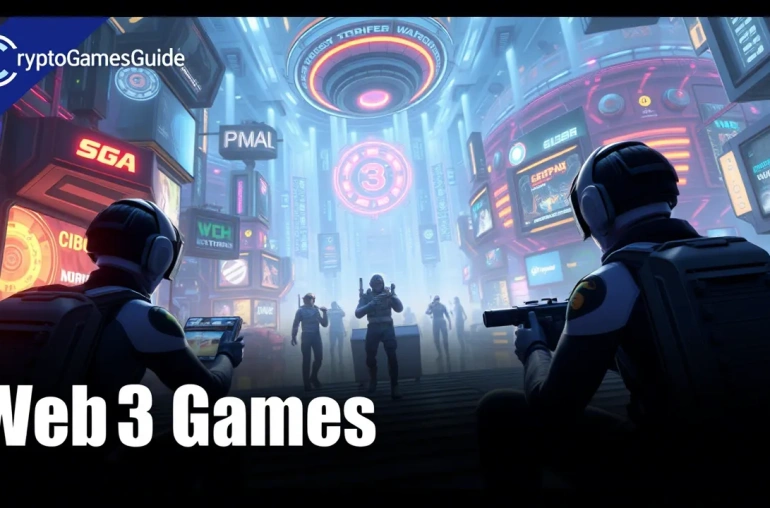
1 Comment
zoritoler imol
Thanks for sharing excellent informations. Your web site is very cool. I am impressed by the details that you have on this website. It reveals how nicely you understand this subject. Bookmarked this website page, will come back for extra articles. You, my friend, ROCK! I found simply the information I already searched all over the place and simply couldn’t come across. What a perfect website.